

Finn's LONGi Solar Panels Review & Verdict
Finn Peacock has been a Chartered Electrical Engineer since 1998, and is ex-CSIRO
Pretty cheap, pretty damn good. It is a huge company with excellent R&D in China and well supported down under. The performance is nothing to get excited about but is as good as any other good budget panel brand. Putting LONGi solar panels on your roof is a pretty safe bet.
LONGi Solar Panels: Pros & Cons
- Large vertically integrated company
- Reasonably priced
- Excellent quality
- As used by the very astute John Inglis from Positronic
- As used by SQ's in-house installer, Anthony on his Mum's place
- None to think of, bar the overall growth in size/awkwardness of the panel dimensions - which almost every panel maker is going through
About LONGi Solar
LONGi is one of the world's largest solar panel manufacturers. For a while they were the largest, but it looks like Jinko has them beat at the moment, but they still managed to hold the number one position for a very Longi time.
The Chinese company became a solar giant by producing panels with a good combination of affordability and reliability. Their panels come with 12, 15, or 25 year product warranties and 25 year performance warranties. Almost all going on Australian roofs have 25 year produce and performance warranties.
Because they're reliable and good value for money, LONGi panels are among those SolarQuotes recommends. I'd be fine with having them installed on my mother's roof. In fact, our blogger, Anthony, did put them on his mum's roof.
Company History
LONGi Solar was founded in 2000. It may be hard to believe, but the company wasn't named after Australian solar legend Jack "Longy" Long. Instead, it was named after Jiang Longji, a university president who died in 1966. The name choice makes it look like the young company was trying to curry favour with the Chinese government, but LONGi's founders insist it was just because he was a really cool dude.
Initially, LONGi produced silicon for electronics. In 2005, they began producing silicon for solar, and in 2006, they had enough capacity to make around 1,000 tonnes a year. They then began climbing their way up the solar supply chain, starting with cutting the silicon ingots they made into wafers used for solar cells. In 2014 they purchased a solar panel manufacturing company. This completed their transformation into an enormous, vertically integrated company, involved in all major steps of solar panel production. They have continued expanding at a rapid rate and, in 2021, also moved into producing equipment for hydrogen production.
Production
Longi shipped more than 63 GW of solar cells and modules in the first 9 months of 2025. This represented nearly 24% year-on-year (YoY) growth over shipments of 51.23 GW in 9M 2024.
Monosilicon Only
Two types of silicon are used to make solar cell -- polysilicon and monosilicon. LONGi only makes and uses monosilicon. While more expensive than polysilicon, its makes for more efficient solar cells and has been gradually gaining market share. Almost 100% of panels going on Australian roofs these days are monosilicon.
Production Locations
In China, Longi's manufacturing facilities are located in Yunnan, Ningxia, Jiangsu, Shaanxi, Zhejiang, Anhui, Qinghai and Shanxi. The company also has 2 overseas production facilities in Kuching, Malaysia and Vietnam.
LONGi Hi-Mo Panels
Longi panels used for residential solar are most likely to be from the Hi-Mo 6 family (Explorer, Scientist, Guardian), based on HPBC cell technology. These panels are available in roof-friendly sizes to 450W output capacity.
If you want to check out panel information on the Longi website, make sure the page is set to Australia, because they don't offer the same panels or the same warranties in every country. The last time I used their site, it thought Adelaide was in India.
Efficiency
Solar panel efficiency is the percentage of sunlight energy they convert into electrical energy. All else equal, the higher the panel efficiency, the more energy they'll generate for a given amount of roof space. Currently, I'm happy to classify panels over 22% high efficiency. As the Hi-Mo X6 panels offered in Australia have efficiencies that range from 21.3% to 23.3%, many of them count as high efficiency panels.
Heat Tolerance
As solar panels get hotter, their output declines. For typical modern panels it will drop by around 0.29% for 1°C the panel goes over 25 degrees. So a panel at 45°C would produce 5.8% less power than it would at 25°C. The Longi Hi-Mo X6 panels available in Australia fall by 0.28% to 0.29%. This makes some of them a little better than average.
Hail Resistance
Longi Hi-Mo X6 panels are certified to resist 25mm hail striking the panel at 23m/s. This means the panel can withstand multiple impacts without suffering more than a 5% decline in output. This level of resistance is standard and sufficient for panels to survive impacts from normal sized hailstones.
Avoid Shading
Their installation manual for HiMo 6 panels recommends avoiding shade and says "LONGI suggests the module surface should not be shaded in any case." As it's not clear if the panels can be installed where they will suffer temporary shade during the day, I've asked Longi to clarify this.
Right By The Beach Is Bad
Their installation manual says Longi panels can be installed 50m or more from the beach. It also recommends anti-corrosion treatment wherever they may be exposed to sea mist.
A 10° Tilt Is Recommended
While it's not a requirement, it is recommended the panels be installed at a tilt of at least 10° to allow rain to effectively clean them.
Performance Warranty
In Australia, Hi-Mo X6 panels have a 25 year performance warranty that promises their output will decline by no more than 1.5% in the first year and no more than 0.4% in each subsequent year. This means they'll have at least 88.9% of their original capacity after 25 years. While this is a very low rate of allowed deterioration, it isn't exceptional for modern solar panels.
Product Warranty
In Australia, Longi Hi-Mo X6 panels have a 25 year product warranty that protects against defects in materials and manufacture. Longi refers to this as a 25 year warranty for materials and processing.
Making A Warranty Claim
The odds are good you'll never need to make a warranty claim on LONGi panels, particularly if you get ones with a 25 year product warranty. But if a problem does occur, the first person you should contact is the installer who provided them. If they're no longer around, you can contact LONGi Solar's Australian office directly:
LONGi Australia General Enquires: 02 8484 5805.
If you prefer to send an email, LONGi says they'll reply within 24 hours. Their email address is: [email protected].
100% Renewable Production By 2028
In 2020 LONGi committed to using 100% renewable energy by 2028. At that time their energy use was 42% renewable. In 2022 it was up to 47%. Obviously, they'll need to pick up the pace to hit the target, but with the amount of solar being installed in China, I have no trouble believing they'll meet their goal.
LONGi Hydrogen
LONGi has moved into producing equipment for hydrogen production, but only on a small scale at the moment. Their approach is to make electrolysers that have low efficiency but are cheap to make. This makes a lot of sense for a solar company working to ensure the world has plenty of low cost electricity during the day.
Financial Security
A long warranty isn't useful if the company it came from is no longer around to back it up. I expect a large company like LONGi will still be around well into the future, but it's not possible to be certain it won't disappear and render its warranties worthless.
The good news is there is plenty of evidence LONGi is currently financially secure -- or at least secure for a solar panel manufacturer. As of July 2023 they had been in PV-Tech's PV ModuleTech bankability report's highest category for three and a half years. This means they're one of the solar companies considered least likely to suffer bankruptcy or financial problems.
Unfortunately, it's always possible for a company's financial position to rapidly deteriorate. Many manufacturers are likely to face problems over the next couple of years thanks to falling panel prices. But I have a feeling LONGi will be around long-term. I don't have any specific evidence to back this up, it's just a feeling I have in my gut. Specifically, my longi-intestine.
A Recommendation
Because we consider them reliable and well-supported in Australia, SolarQuotes is happy to recommend using LONGi Solar panels. If you put them on your roof -- or your mum's roof -- you are very unlikely to need to make a warranty claim, especially if you use ones with a 25 year product warranty.
LONGi Solar has 11 solar panels in our database
Filter by:
LONGi Solar Reviews (3131)
Show Most Relevant reviews from All time
- 5 star 2978
- 4 star 140
- 3 star 6
- 2 star 2
- 1 star 5
View Timeline
29 July 2025
01 January 2023
25 May 2022
LATER: After 1 year in service, the panels are performing well and generating up to their maximum.
15 October 2021
Update as at 15th October 2021.
Panels are producing plenty of power and combined output for September was an impressive 1.266 MWh with June and July only just dipping under 1 MWh.
07 October 2021
15 September 2021
Without the benefit of professional grade test equipment, our experience with similar panels indicated minimal (less than 2%) performance degradation after 10 years so we decided to select these nominal 350W panels.
Dimensioned at 6.66kW peak, the panel array is in excess of the grid feed-in 5kW limit and we are expecting any panel degradation to be insignificant over the next 15 years or more.
08 July 2021
Even the installers said they were an excellent panel. I've heard they are the top of the range for Chinese solar panels.
Panels are on three strings to the 8KW SG8K-D Sungrow inverter. No problems so far.
While there may be better panels out there, considering the price of my system I considered it would be cheaper to replace these (if required) than buy a system for double the price. PLUS if I did have to do this, I end up with a more modern system.
I encourage you to do the math.
** 12 month update ** We've had no electricity bill since installing this product. Excellent service and follow up support when we had a hiccup after six months and the app wouldn't work. Uni Industries followed up with Sungrow on our behalf and undertook some electrical work for $120.
15 November 2017
20 November 2025
03 November 2025
All 20 panels are now black until mid day. As a 79 year old dummy I can't address issue myself and my Installer/maintainer and Enphase support are missing in action.
04 October 2025
23 July 2025
22 July 2025
08 May 2025
An incentive was offered by PSW Energy Perth Solar Warehouse for this review. Learn more here.
Will be adding an extra 11 panels soon once battery is installed to have a total of 25 Panels for just under 12kw :)
25 April 2025
13 December 2024
08 October 2024
20 September 2024
17 June 2024
20 March 2024
23 January 2024
05 April 2023
25 October 2022
An incentive was offered by Expert Electrical for this review. Learn more here.
23 August 2022
18 August 2022
24 April 2022
23 January 2022
04 January 2022
08 December 2021
Had to compromise with having more west facing ones
Update Dec 2021: The west facing panels really shines in summer as we get solar power till nearly 7pm, with better FIT after 3pm
13 November 2021
29 September 2021
Our first electricity bill was 50% the cost of the same time last year. With consumption monitoring we have a clear picture of when we are using more power than we should.
One side effect of the panels so far is that out house stays cooler as a result, so we have only required the air conditioner on for a couple of hours so far. If this continues through summer, there will be substantial cost savings over and above projections.
Conservative estimate of payback period for the system is 4.5 years, but I suspect it will have paid for itself in about 3 years.
10 August 2021
We had a hail storm a few days ago, and the panels were not damaged.
09 August 2021
24 June 2021
11 April 2021
After nine months, all appears to be good. Fell short of its 6.6kW maximum today, due no doubt to significant cloud cover sun getting lower as winter solstice approaches.
09 April 2021
08 April 2021
21 March 2021
27 February 2021
17 February 2021
12 January 2021
15 December 2020
26 November 2020
22 November 2020
19 November 2020
19 November 2020
22 October 2020
09 September 2020
03 September 2020






























































































































































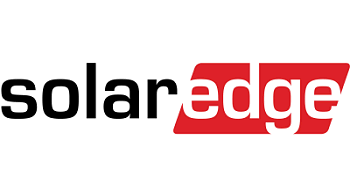




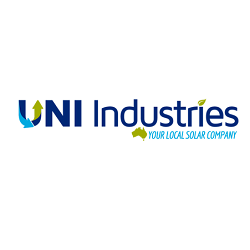


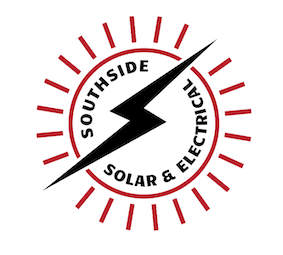
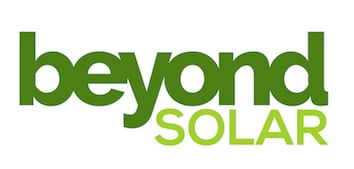



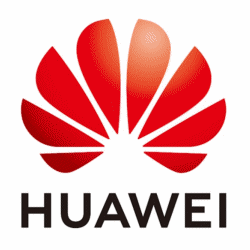
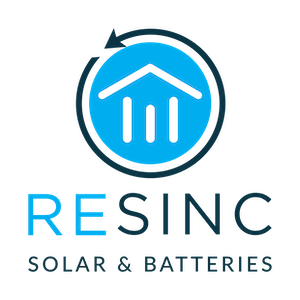
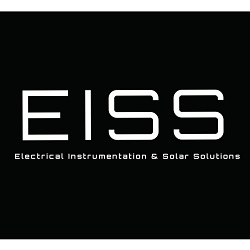


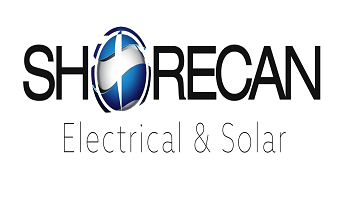







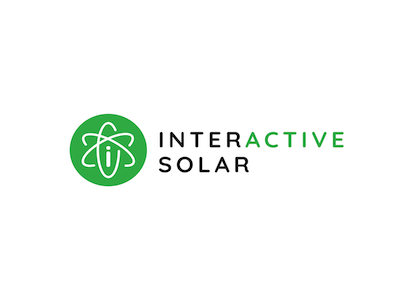
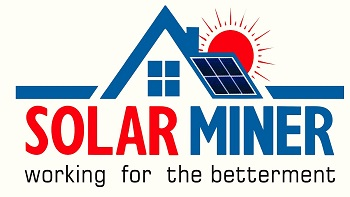
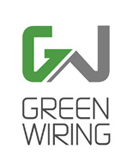







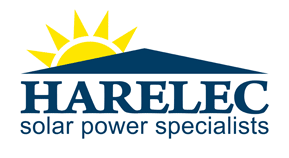


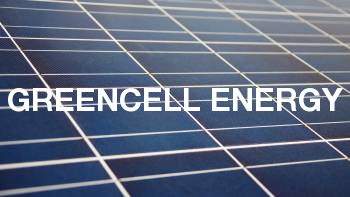

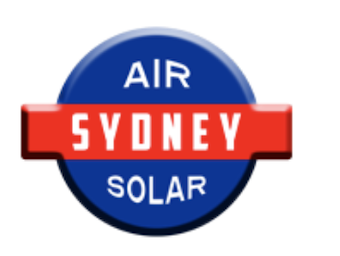
.png)